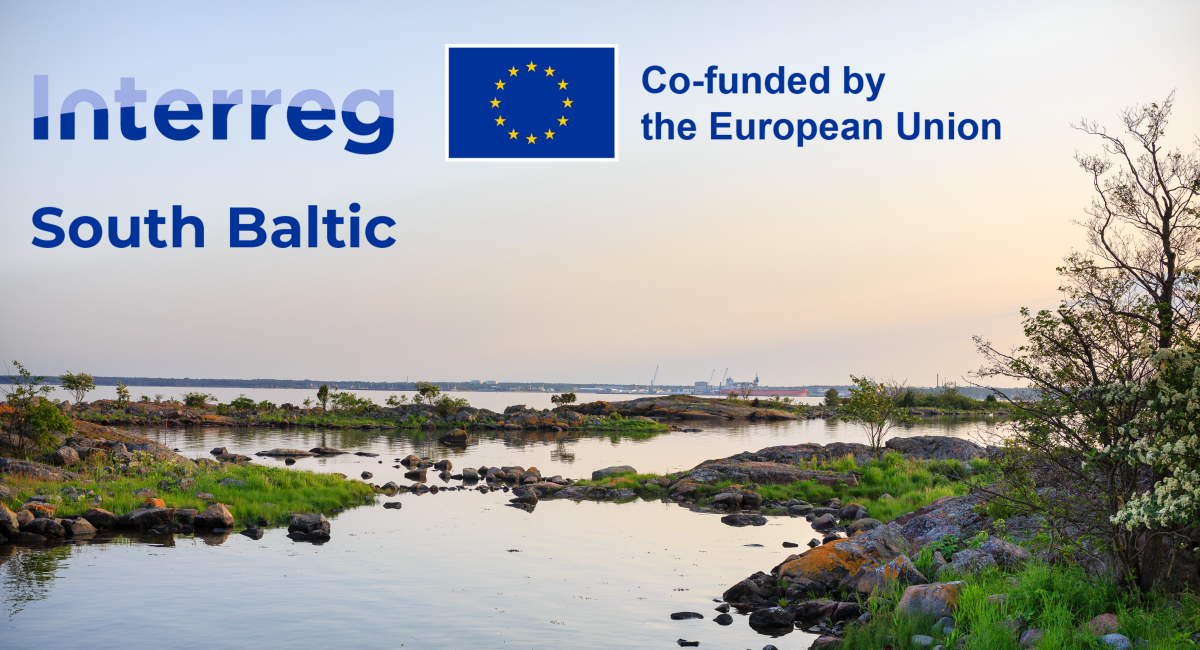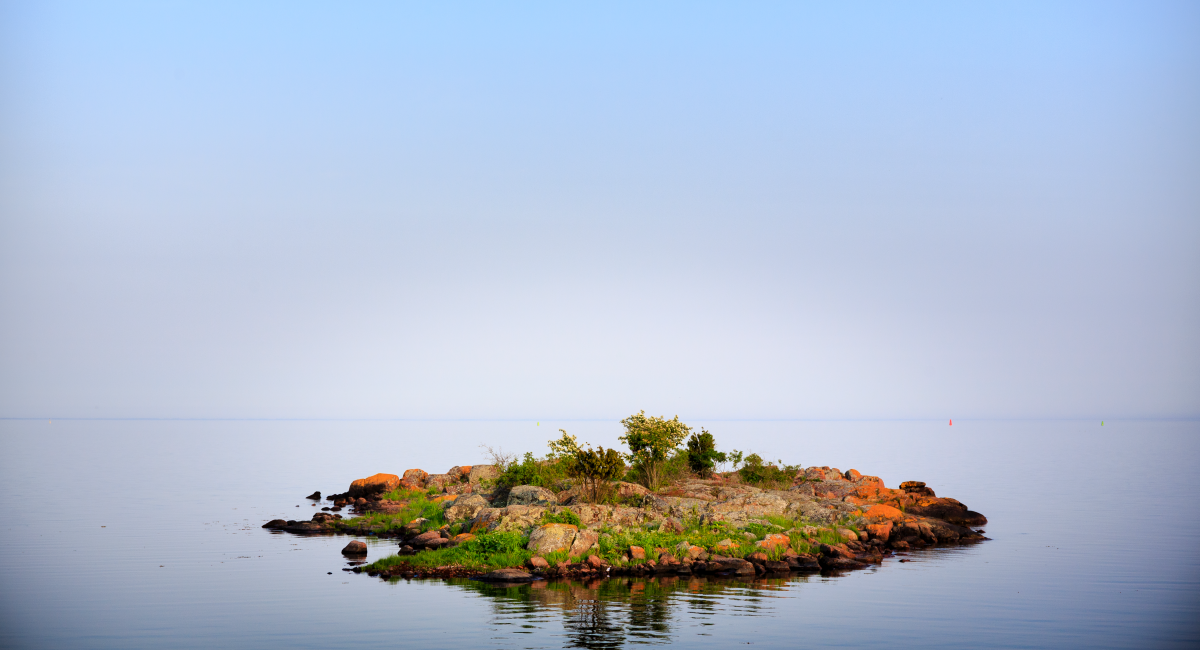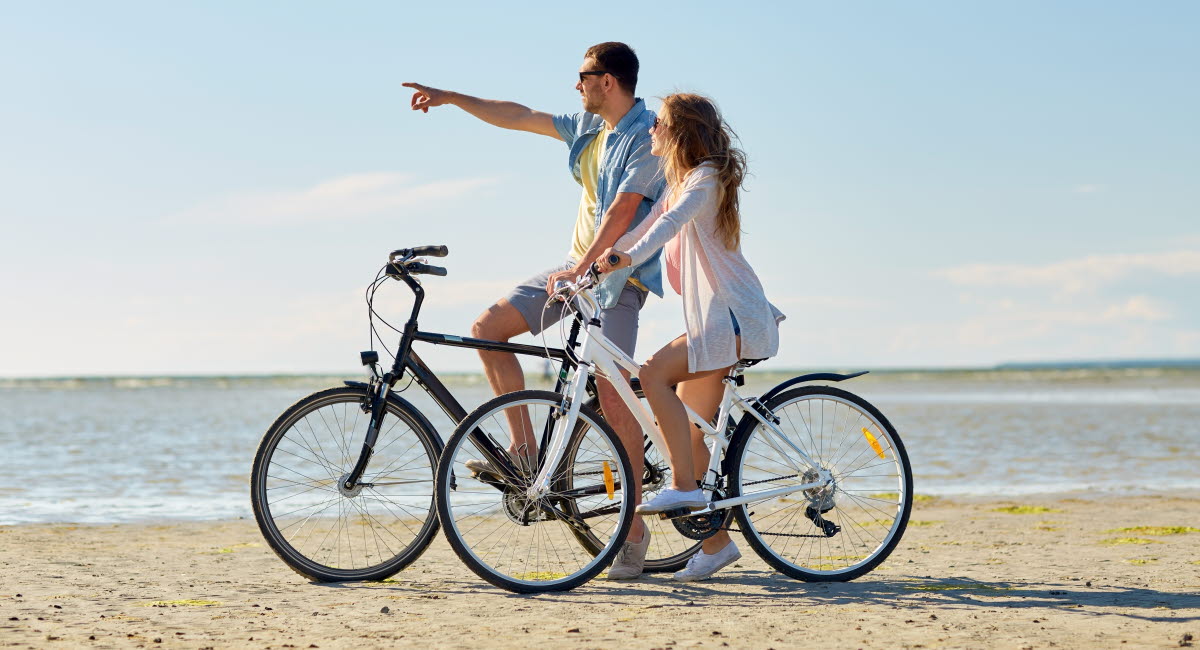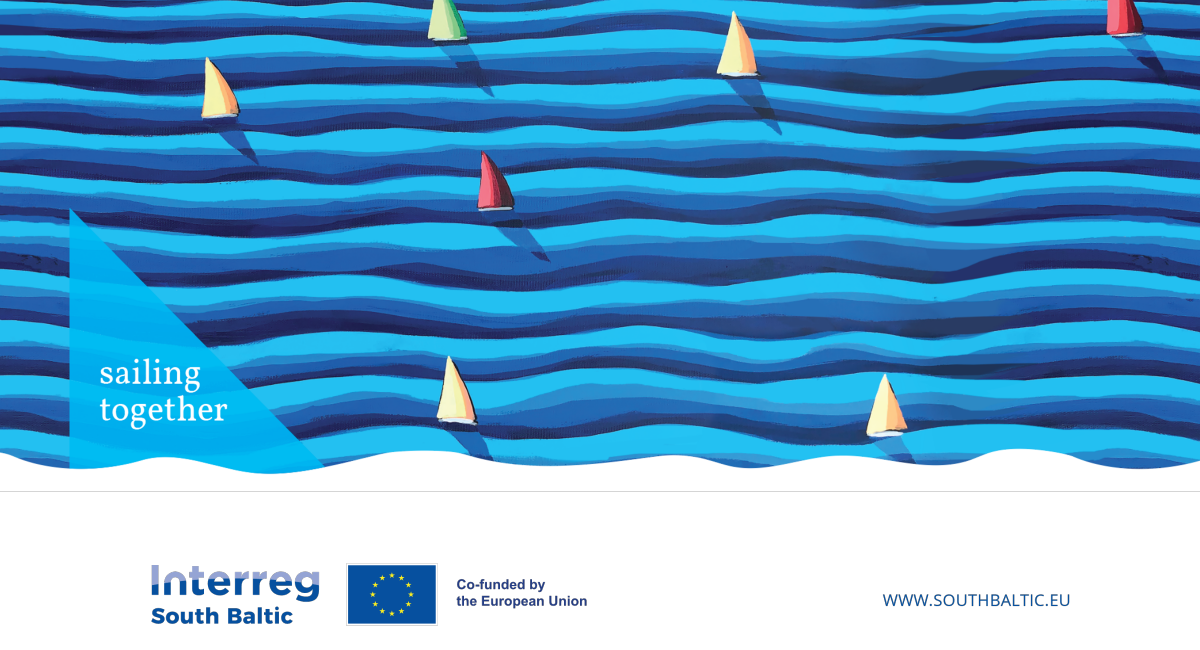Interreg Cooperation Day
On 21 September, Interreg cooperation day is celebrated, a day which aims to highlight and celebrate cooperation within the EU.

Europe is a large continent with vastly different countries that have vastly different conditions. At the forefront of the work to bring the continent together is the EU and the conviction that all of Europe's inhabitants have everything to gain from increased cooperation at all levels.
This cooperation is most often and most clearly felt in Brussels and Strasbourg, where the EU parliamentarians and the heads of government of the member states meet regularly to agree on new EU legislation that sets out the way forward for the Union.
But an equally important part of European cooperation, which is not always as apparent, is the massive cooperation that takes place at the regional level. Namely, the EU is not only divided into its 27 member states, but also into small and large geographical cooperation areas, which extend across national borders and which aim to promote cooperation within the Union based on local conditions.
Today, there are a total of 104 such geographical cooperation areas, which have funding programs attached to them to finance development efforts for the area in question.
These programmes are the so-called Interreg programmes. An example of such a programme is Interreg Baltic Sea Region, which brings together all the countries around the Baltic Sea, and another programme is Interreg South Baltic, which brings together the regions around the southern Baltic Sea.
Click here to see an interactive map of all Interreg programmes.
The Interreg programmes are a high priority for EU member states and every year the Union invests 100 million euros in these programmes. Actors all over Europe, large and small, can apply for the money in order to meet common challenges together with other actors in their immediate area.
Example: LIMIT

Lund University, in collaboration with Kristianstad University and partners in Denmark, Sweden, Poland and Lithuania, has been granted 2 million euros by Interreg South Baltic for the LIMIT project.
This is how university lecturers Michael Cimbritz and Åsa Davidsson at Lund University describe LIMIT:
– With LIMIT, we want to reduce the occurrence of substances harmful to health and the environment from ground and surface water in the southern Baltic Sea region. These include PFAS (so-called "forever chemicals"), pesticides and antibiotics. This must be done by developing technologies that can be introduced at treatment plants and also directly in contaminated areas. We also work with developing new analysis methods and with sustainable disposal of the pollution.
Why is the project important?
– If we are to achieve a sustainable use of water, it is important to remove PFAS and other micropollutants from contaminated groundwater, sewage and other point sources. Sustainable management of our water resources is also critical to promoting green economic development.
Why do we need to collaborate on this?
– Water does not care about national borders. We therefore need joint efforts between countries to promote the sustainable use of water and provide solutions to limit the spread and impact of pollution.
– With a focus on innovative green purification technologies, developed and demonstrated in collaboration, we are convinced that we can limit the spread and reduce the occurrence of PFAS and other micropollutants in the southern Baltic Sea area.
Example: Baltic Biking UPGRADE

The Pomeranian Tourist Office in Poland, in collaboration with Region Blekinge and partners from Lithuania, Poland, Denmark, Germany and Sweden, has been granted 1.5 million euros for the Baltic Biking UPGRADE (BBU) project.
This is how Sarah Keidser, strategic community planner at Region Blekinge, describes the project:
– With BBU, we want to promote increased cycling tourism along the European cycling route Eurovelo 10. Through cooperation with our neighboring regions around the southern Baltic Sea, we will work together to develop the companies that are connected to both cycling tourism and the hospitality industry. We see that there is great potential in experiencing our regions' varied landscapes and nature via bicycle. Not least as interest in cycle tourism has increased in recent years. For this, however, a developed and functioning tourism industry that captures the needs of the cycling tourist is needed.
Why is the project important?
– For us in Blekinge, the project is particularly important as we work in parallel with the planning of new pedestrian and cycle paths. A new cycle path does not fulfill any function if it is not used. In the BBU project, we will work with companies, products and services that attract visitors to travel along our cycle paths.
Why do we need to collaborate on this?
– The Eurovelo 10 cycle path follows the coast around the entire Baltic Sea, is 910 kilometers long and passes through 9 different countries. There is already a flow of visitors and tourists between these countries. What we want to package and offer is a combined cycling experience for these visitors. This requires us to work together with the regions along Eurovelo 10.
– It will be fun and exciting to enter this project. We see that all regions around the Baltic Sea coast share the same interest and the same challenges linked to cycle tourism.
-
-
Kontaktperson/kontaktnod för Interreg South Baltic

